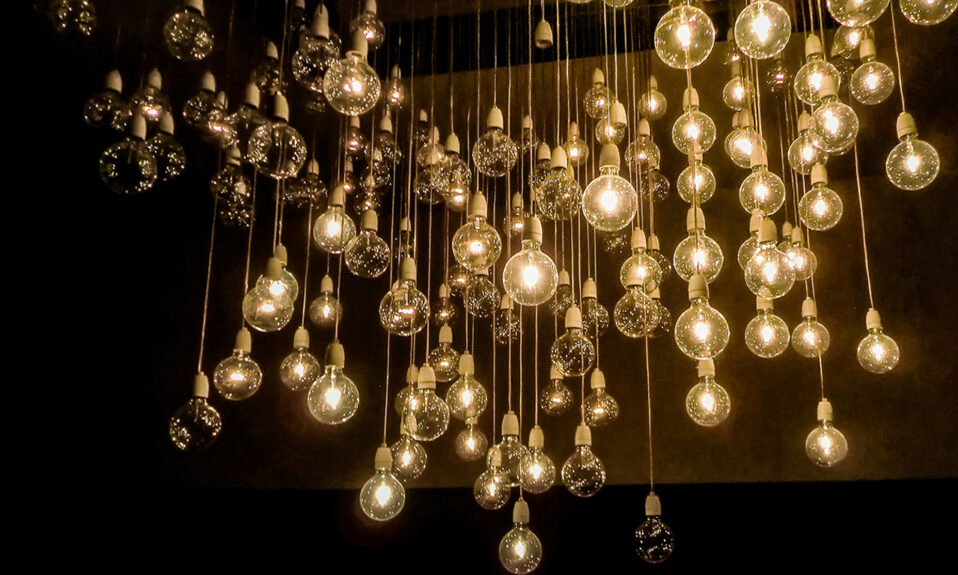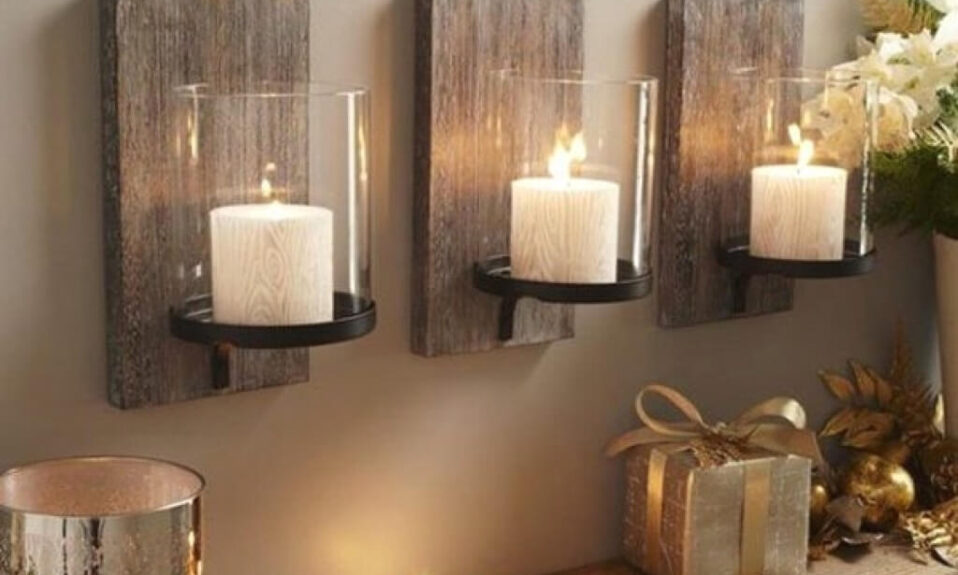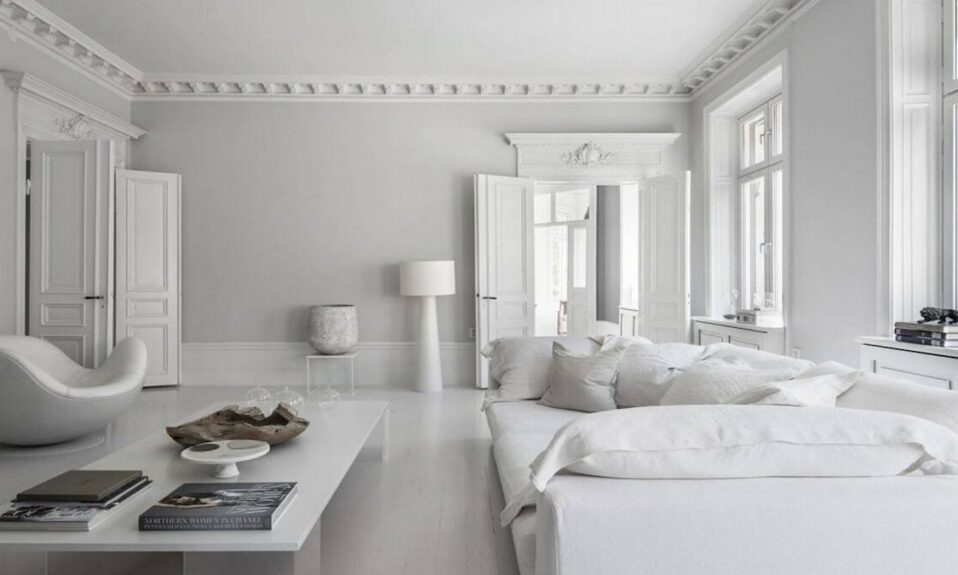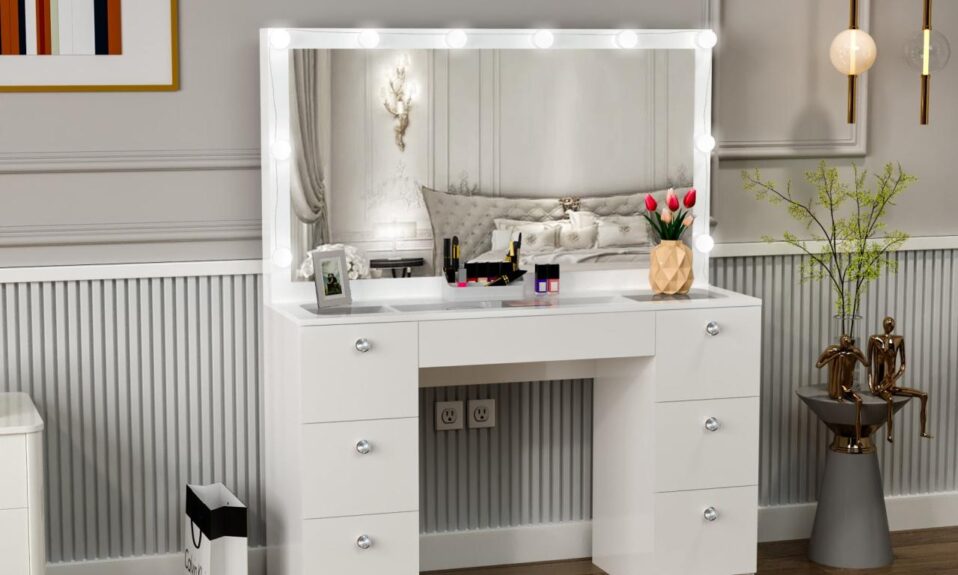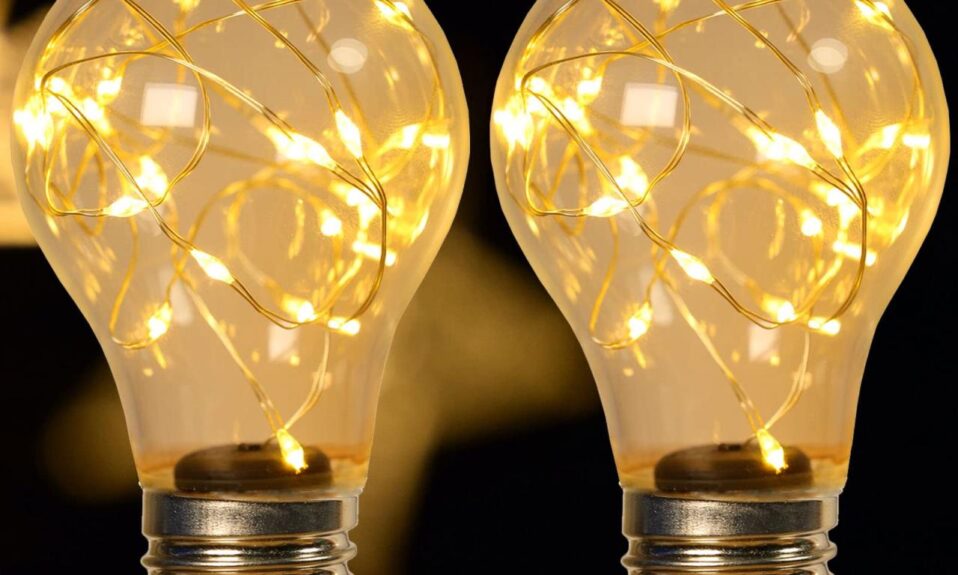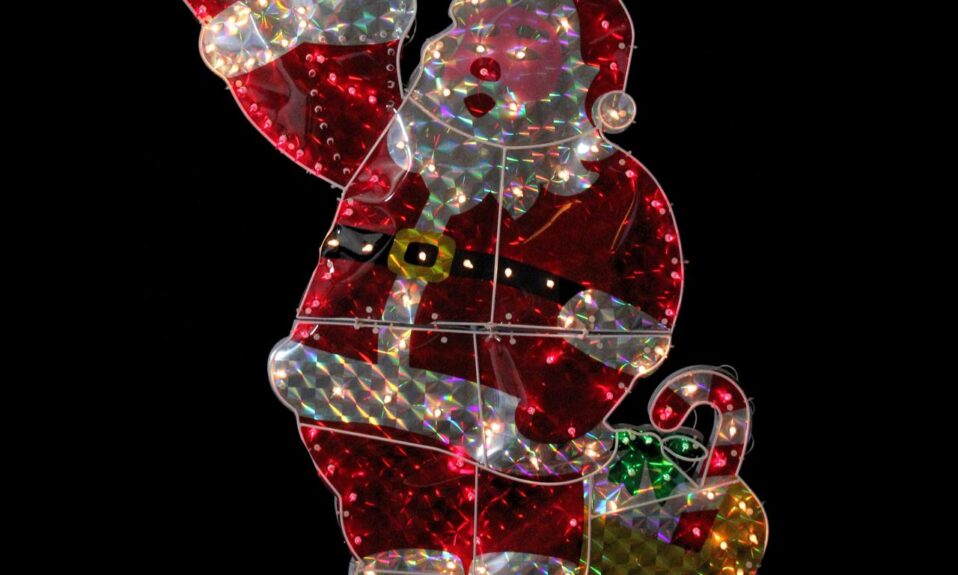Decorative light bulbs are not just sources of illumination; they are exquisite accents that elevate any space with their captivating designs and versatility. From their humble origins to their modern incarnations, decorative light bulbs have evolved into a captivating fusion of art and functionality, offering endless possibilities for transforming interiors.
With their myriad shapes, sizes, and styles, decorative light bulbs cater to diverse aesthetic preferences and functional needs. They are not mere accessories; they are integral elements of interior design, enhancing the ambiance and atmosphere of any room. Whether you seek to create a cozy and inviting space or a vibrant and energetic one, decorative light bulbs hold the power to illuminate your vision.
Decorative Light Bulb History
Decorative light bulbs have a long and fascinating history, dating back to the early days of electric lighting. The first decorative light bulbs were simple in design, often consisting of clear glass bulbs with a single filament. However, as technology progressed, so too did the design of decorative light bulbs.
By the early 20th century, decorative light bulbs were being produced in a wide variety of shapes and sizes, and with a variety of different finishes. Today, decorative light bulbs are used in a wide variety of applications, from residential lighting to commercial lighting.
Early Decorative Light Bulb Designs
Some of the earliest decorative light bulbs were designed by Thomas Edison himself. In 1880, Edison introduced the “Edison Pearl” light bulb, which was a small, pear-shaped bulb with a single filament. The Edison Pearl light bulb was quickly followed by other decorative light bulbs, such as the “Edison Gem” light bulb and the “Edison Miniature” light bulb.
These early decorative light bulbs were often used in chandeliers and other decorative lighting fixtures.
Impact of Technology on the Development of Decorative Light Bulbs
The development of new technologies has had a significant impact on the design of decorative light bulbs. In the early days of electric lighting, decorative light bulbs were made of glass. However, in the early 20th century, the development of new materials, such as plastic and metal, made it possible to produce decorative light bulbs in a wider variety of shapes and sizes.
The development of new lighting technologies, such as LED and OLED lighting, has also had a significant impact on the design of decorative light bulbs.
Types of Decorative Light Bulbs
Decorative light bulbs offer a wide range of shapes, sizes, and styles to complement various lighting fixtures and enhance the ambiance of any space. They come in traditional and innovative designs, providing endless possibilities for creative illumination.
Shapes and Styles
Decorative light bulbs come in various shapes, including spherical, cylindrical, flame-shaped, and vintage-inspired Edison bulbs. They feature intricate designs, such as frosted glass, etched patterns, or colored glass, to create unique visual effects.
Sizes
Decorative light bulbs range in size from miniature bulbs suitable for small fixtures to oversized bulbs that make a statement in chandeliers or pendant lights. The size of the bulb should be carefully considered to ensure it fits the fixture and provides the desired level of illumination.
Applications and Benefits, Decorative light bulbs
Decorative light bulbs are versatile and can be used in various applications, including residential, commercial, and hospitality settings. They offer several benefits:
- Aesthetic appeal:Enhance the visual appeal of lighting fixtures and create a desired ambiance.
- Customization:Provide endless options to match personal style and décor.
- Energy efficiency:Some decorative light bulbs are energy-efficient, reducing energy consumption and saving costs.
- Durability:Many decorative light bulbs are made from durable materials, ensuring longevity and reducing maintenance.
Unique and Innovative Designs
In addition to traditional designs, decorative light bulbs have evolved to include unique and innovative features:
- Smart bulbs:Connect to smart home devices for remote control, scheduling, and color customization.
- Dimmable bulbs:Allow for precise control of light intensity, creating the perfect ambiance for any occasion.
- Filament bulbs:Feature exposed filaments that provide a warm, nostalgic glow.
Decorative Light Bulb Applications: Decorative Light Bulbs

Decorative light bulbs find widespread use in both residential and commercial settings, adding a touch of elegance and ambiance to various spaces. Their unique designs and aesthetic appeal make them popular choices for interior designers and homeowners alike.
Residential Applications
- Living Rooms:Decorative light bulbs can create a warm and inviting atmosphere in living rooms, adding a touch of sophistication to the space. They can be used in chandeliers, table lamps, and floor lamps to provide ambient lighting and enhance the overall décor.
- Bedrooms:In bedrooms, decorative light bulbs can help create a relaxing and intimate ambiance. They can be used in bedside lamps, wall sconces, or vanity mirrors to provide soft and flattering lighting that promotes relaxation and sleep.
- Kitchens:Decorative light bulbs can add a touch of style and functionality to kitchens. They can be used in pendant lights over kitchen islands or dining tables, providing ample illumination while also enhancing the aesthetic appeal of the space.
Commercial Applications
- Retail Stores:Decorative light bulbs are often used in retail stores to create a welcoming and visually appealing environment. They can be used in track lighting, recessed lighting, and display cases to highlight products and enhance the shopping experience.
- Restaurants:In restaurants, decorative light bulbs can help create a specific ambiance that complements the cuisine and atmosphere. They can be used in chandeliers, wall sconces, and table lamps to provide warm and inviting lighting that encourages diners to linger and enjoy their meals.
- Hotels:Decorative light bulbs are a popular choice for hotels, where they can create a luxurious and sophisticated atmosphere. They can be used in chandeliers, bedside lamps, and bathroom fixtures to provide elegant lighting that enhances the guest experience.
Aesthetic and Functional Purposes
Decorative light bulbs serve both aesthetic and functional purposes in interior design. Their unique designs and shapes can add visual interest and character to a space, while their ability to provide ambient lighting helps create a desired atmosphere. By carefully selecting decorative light bulbs that complement the overall décor, interior designers can create spaces that are both visually appealing and inviting.
Enhancing Ambiance and Atmosphere
Decorative light bulbs can significantly enhance the ambiance and atmosphere of a space. Their warm and inviting glow can create a cozy and relaxing environment, while their unique designs can add a touch of sophistication and style. By choosing the right decorative light bulbs, interior designers can transform ordinary spaces into extraordinary ones, creating memorable and immersive experiences for occupants.
Trends in Decorative Light Bulbs

The decorative light bulb industry is constantly evolving, with new trends emerging in designs and styles. Technology and sustainability are playing a major role in shaping the future of decorative light bulbs, and the use of color, shape, and texture is becoming increasingly important in modern designs.
Technology and Sustainability
- The use of LED technology in decorative light bulbs is becoming increasingly popular, as LEDs are more energy-efficient and have a longer lifespan than traditional incandescent bulbs.
- Sustainability is also a major trend in the decorative light bulb industry, with many manufacturers now offering bulbs made from recycled materials or that are designed to be recyclable.
Color, Shape, and Texture
Color, shape, and texture are all important elements of modern decorative light bulb designs. Color can be used to create a variety of moods and atmospheres, while shape and texture can add visual interest and depth to a space.
- Some of the most popular color trends in decorative light bulbs include warm whites, cool whites, and amber.
- Popular shapes include globes, Edison bulbs, and candles.
- Textures can range from smooth and glossy to rough and textured.
Creative Uses of Decorative Light Bulbs
Decorative light bulbs transcend their traditional role as mere illuminators, offering boundless possibilities for artistic expression and unconventional applications. Their unique shapes, sizes, and colors inspire creativity, transforming them into versatile elements for DIY projects, art installations, and special events.
Beyond their primary function, decorative light bulbs become canvases for artistic expression. Their glass surfaces can be painted, etched, or adorned with intricate designs, creating one-of-a-kind light fixtures that reflect personal style and artistic vision.
Repurposing and Transformation
With a touch of ingenuity, decorative light bulbs can be repurposed into captivating decorative elements. Old, burnt-out bulbs can be transformed into miniature terrariums, showcasing tiny plants and creating a whimsical indoor garden. Their glass bodies can be filled with colorful sand or glitter, becoming eye-catching centerpieces or ambient mood lighting.
The possibilities are endless, limited only by the imagination. Decorative light bulbs can be suspended from ceilings in clusters, creating a celestial ambiance. They can be incorporated into wall art, adding a touch of illumination to abstract paintings or sculptures.
Their warm glow can enhance the atmosphere of special events, such as weddings, parties, and festivals, creating a magical and memorable ambiance.
Final Summary

In the ever-evolving world of decorative light bulbs, innovation and sustainability continue to shape their designs and applications. From the whimsical to the sophisticated, these bulbs transcend their practical purpose, becoming expressive elements that add a touch of magic to any setting.
As technology advances and our understanding of sustainability deepens, decorative light bulbs will undoubtedly continue to captivate and inspire, illuminating our lives with their beauty and versatility.
Essential FAQs
What are the different types of decorative light bulbs?
Decorative light bulbs come in a wide variety of shapes, sizes, and styles, including vintage Edison bulbs, globe bulbs, filament bulbs, and LED decorative bulbs.
How can I use decorative light bulbs in my home?
Decorative light bulbs can be used in chandeliers, pendants, sconces, and table lamps to add a touch of style and ambiance to any room.
Are decorative light bulbs energy-efficient?
Yes, many decorative light bulbs are now available in energy-efficient LED options, providing both style and sustainability.

